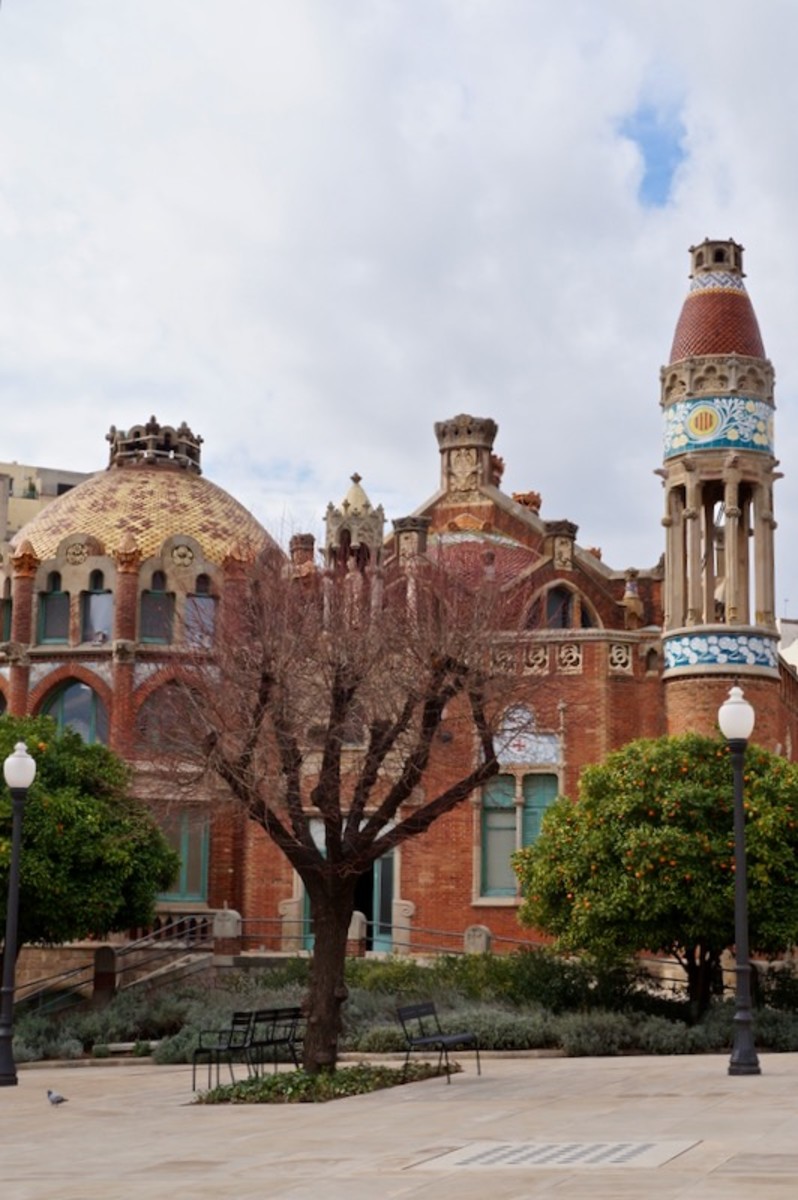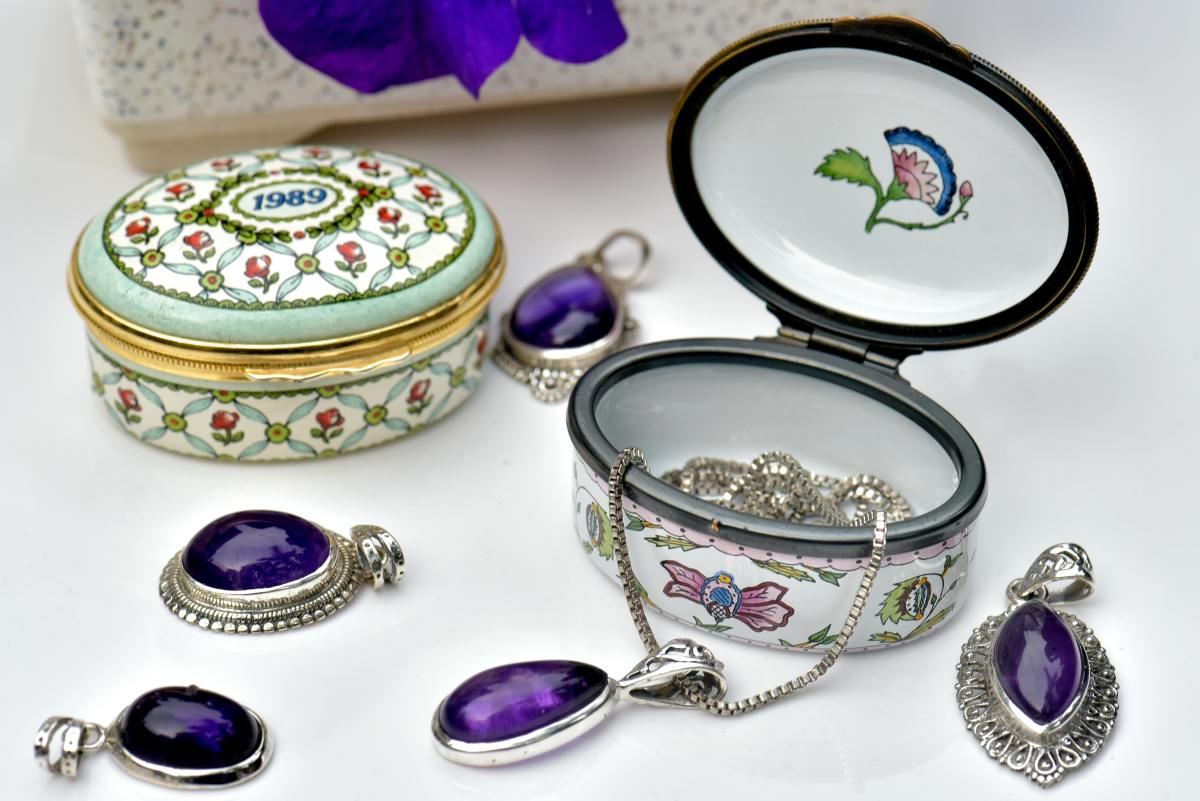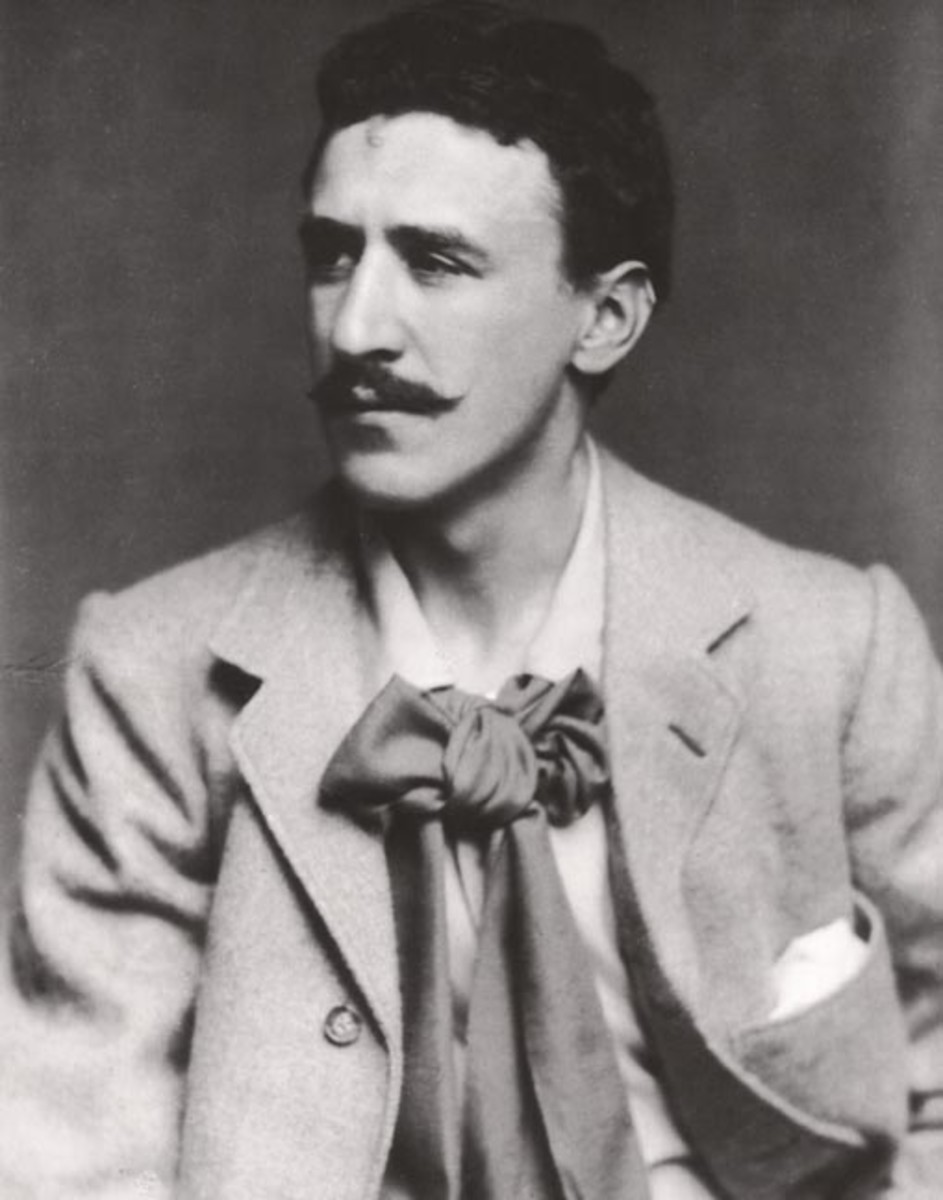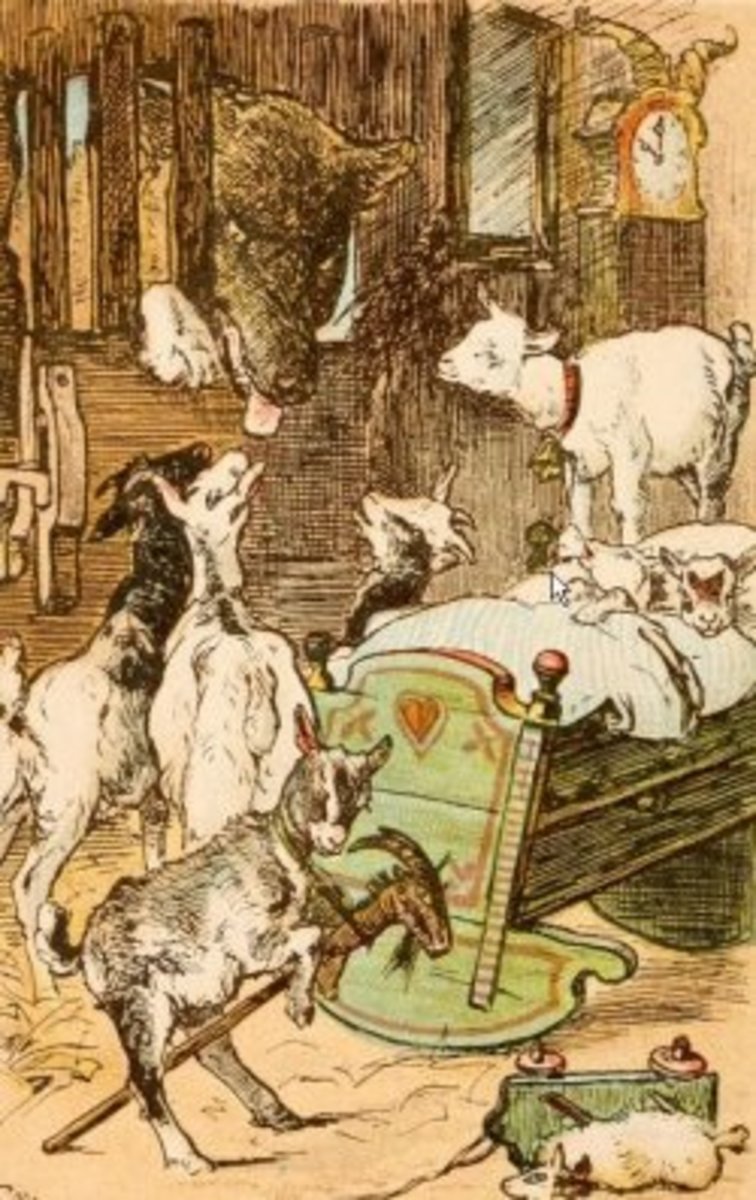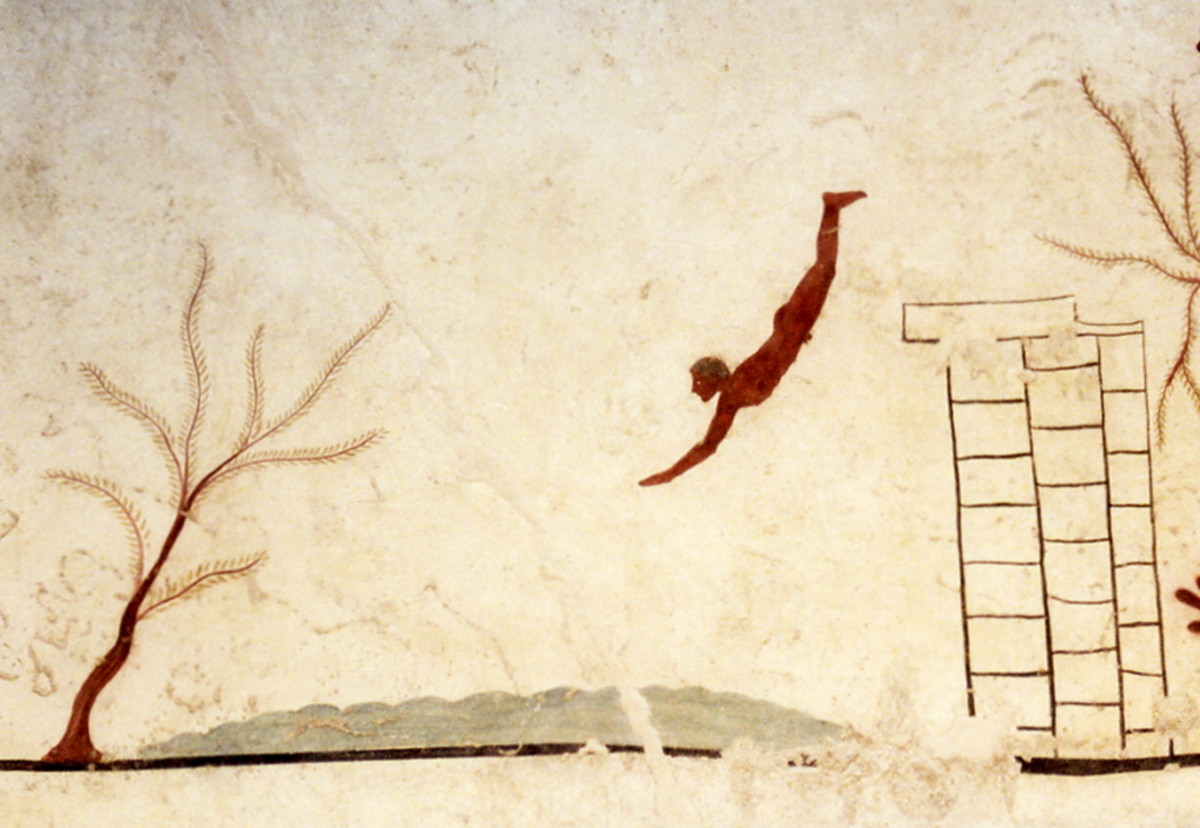"Isms" as Style and Ideology: El Modernismo and Noucentism in Catalonia
Mireia Freixa, sees 1903 as the prelude to a new turn in taste and a new designer culture in Catalonia. She claims that this year's creation of the organization FAD (Foment de les Arts Decoratives, later Foment de les Arts i del Disseny), which worked to promote Catalan crafts, the arts industry and design, led to dynamism in the promotion of design.
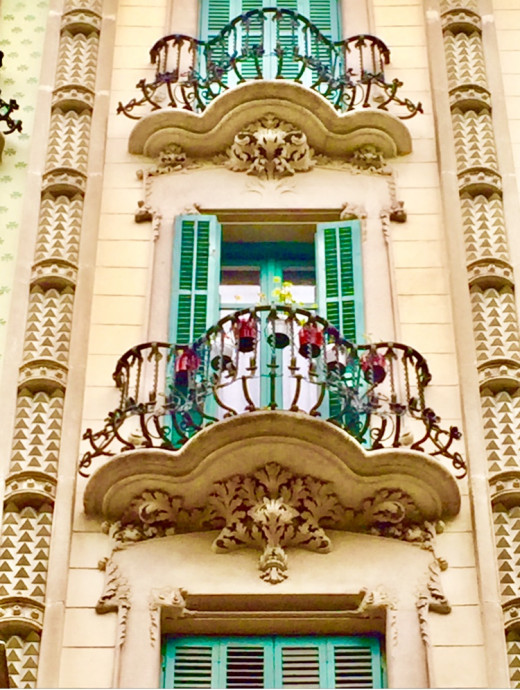
The spread of Art Nouveau
In the international context, the spread of Art Nouveau after the World Exhibition in Paris in 1900, has been seen as a distinction that marked a before and after in the evolution of material culture. In Catalonia, Art Nouveau got its own expression with El Modernismo. I will here briefly explain El Modernismo and Noucentism as expressing two parallel directions for two different styles and ideologies in Catalan 20th century architecture and as part of the legacy of Barcelona's cityscape.
El Modernismo and Noucentism
Noucentism emerged around 1908 as a parallel to El Modernismo, the Catalan Art Nouveau movement in Spain, with ideas of restoring order in a time marked by radicalism and individuality. Like El Modernismo, Noucentism looked to the European and modernism, but did also pick up examples in the local Catalonia. Nationalism was to be consolidated through the idea of "La Catalunya-Ciutat", Catalonia and the city.
El Modernismo built on a heritage of La Renaixenca; a Catalan political-cultural movement that in the late 19th century sought to give Catalan identity and language a renaissance after four hundred years of decay. Like El Modernismo, also La Renaixenca looked to the modern Europe.
The nationalist discourse was an important aspect in consolidating the position of Catalan design in a newly acquired democratic context. Noucentism showed a return to a formal order and to ideas about education, modernization, the collective and the city as central. The ideas are especially shown through the architecture of Noucentism that was used in the construction of official schools. This architecture contrasts with El Modernismo's colorful richness, freedom, individuality and often dramatic twists expressed in the design language.
Architecture as a showcase for ideas and a social system
In Antoni Gaudi's (1852-1926) architectural examples of El Modernismo, which in contrast to Noucentism, was often commissioned by the bourgeoisie for the construction of private homes, a difference is made visible in how two parallel ideologies are materialized, and how architecture became a showcase for ideas and a social system. Among other things, Gaudi's individuality and his own visual form language are highlighted with ideas derived from nature in the private homes Casa Mila (La Pedrera) and Casa Battló, both from the period 1904-1906, and in Casa Calvet (1898-1904).
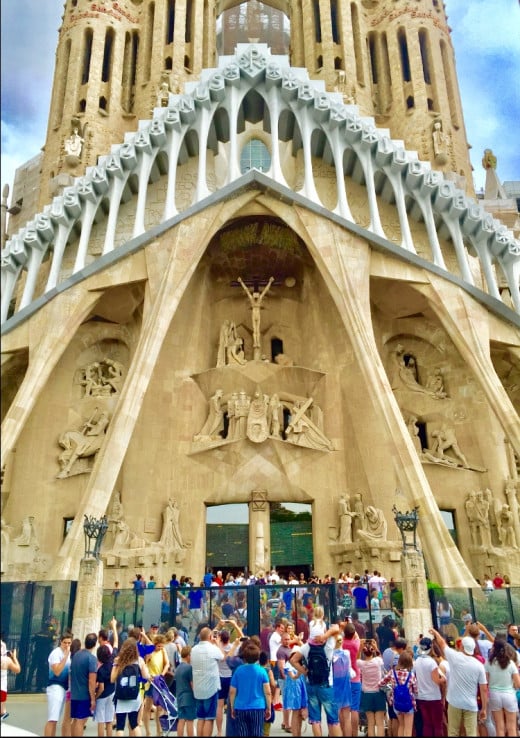
References
Mireia Freixa in the article "En torno a 1903. El preludio de una nueva cultura del diseño en Cataluña" in Isabel Campo, Oscar Salinas, Raquel Pelta, Anne Calvera, Mireia Freixa with others, Diseño e Historia; Tiempo, Lugar y Discurso, (Barcelona: Editorial Designio, S.A., 2010, page 139.
Narotzky, La Barcelona del diseño, page 78.
© 2019 Gro Kristina Slaatto


